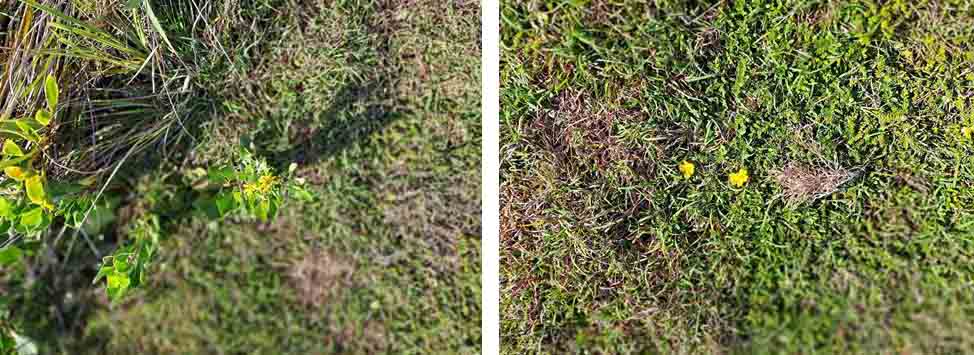The Weed Manager’s Guide To Remote Detection
- Home
- About us
- Detecting weeds
- Get involved
- Resources
Now searching for:
When capturing imagery across a region of interest, an initial task will be to undertake a vegetation assessment of the area, where documentation of visually similar plants to the target species can be undertaken.
These are called “lookalike” species, and tend to act as “false positives” within imagery, leading to falsified results. Capturing a robust understanding of the changing features of these surrounding species throughout their phenological growth stages will enable the correct target species to be identified in the imagery used to train the artificial intelligence models, as they will “learn” to identify the true target species from those which appear visually similar.
Above: Target species, Bitou Bush (Chrysathemoides monilifera) on the left and look-alike species, Hibbertia vestita on the right.
